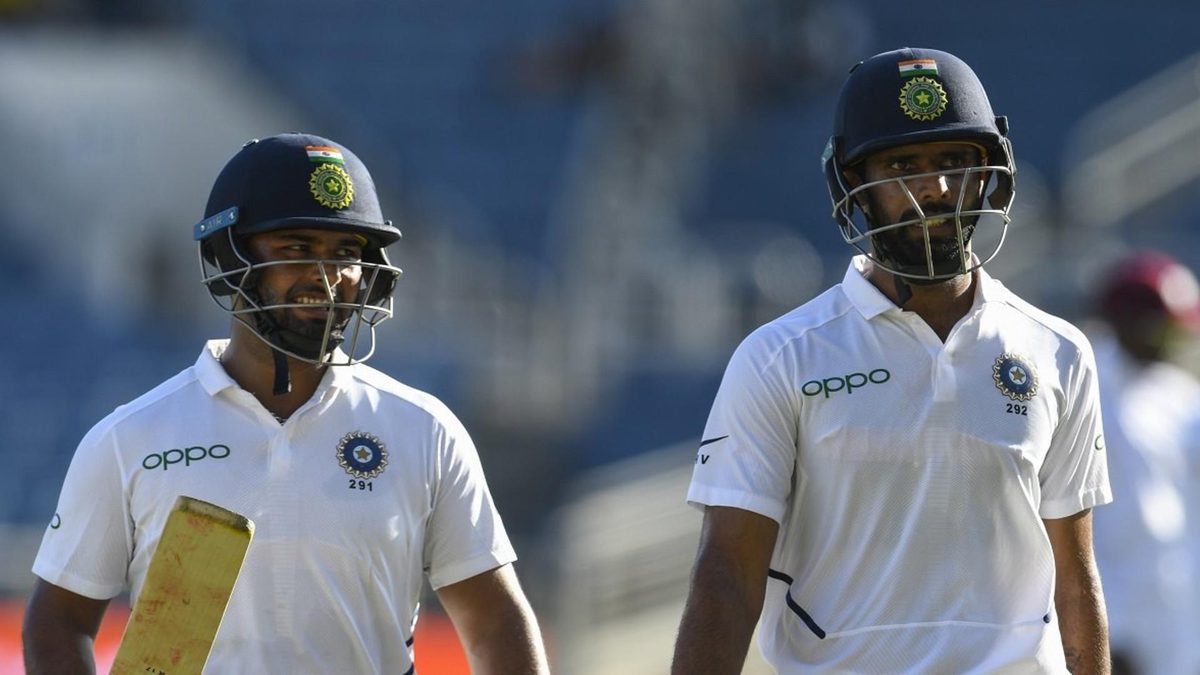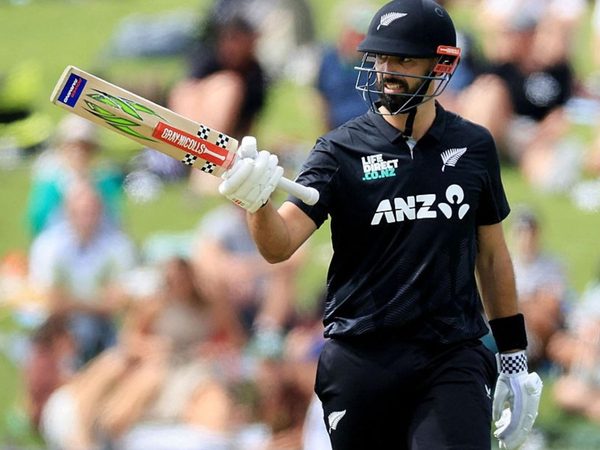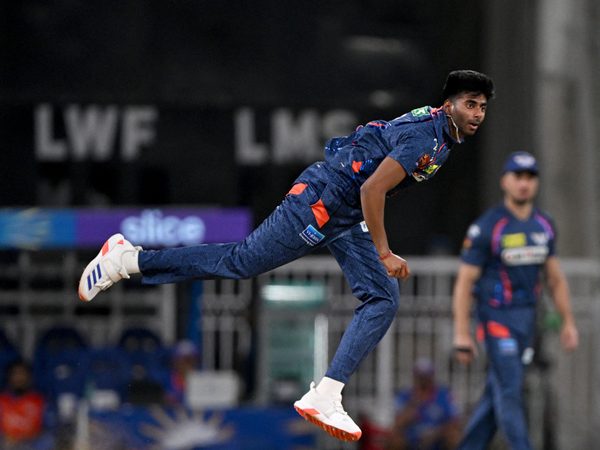
By the start of 2026, Rohit Sharma will be 38, Virat Kohli 37, and Cheteshwar Pujara just about to turn 38. Abhishek Mukherjee speculates what India’s top six in Test cricket will be by that point.
It is pertinent to mention that in the 21st century, only three Indians have debuted after 27 and batted in the top six in Test cricket. All three – S Badrinath, Mayank Agarwal, Shikhar Dhawan – were ‘emergency replacements’, when the seniors either lost form or were injured. Badrinath, in particular, debuted at 29 in a Test match where India were forced to play an uncapped Wriddhiman Saha as a specialist batter.
India, thus, like to get their specialist batters early into the Test side. For perspective, three Indian wicketkeepers have debuted after 32 over the same period, along with two all-rounders over 29 and six specialist bowlers over 28. If a uncapped Indian specialist batter is 25 at this point, they are unlikely to play Test cricket unless they break through very soon.
At the same time, Test cricket is at an unprecedented crossroad, where cricketers have been breaking away to play not only T20 cricket but even willing to abandon international cricket altogether. While this is not as true for India, at some point there may be a slow exodus, leaving Test cricket for the specialists.
What will be the top six look like, in that case?
Shubman Gill (736 runs @ 32)
Gill’s obvious talent had been the talk of Indian cricket even before he was part of the 2018 Under-19 World Cup campaign. He was in full flow in his debut series, the 2020/21 Border-Gavaskar Trophy, playing some exquisite strokes, particularly off the back-foot. He finished with an average of over fifty but has never found that touch since. However, given his potential, it is only a matter of time before he regains form.
KL Rahul (2,604 runs at 34.26)
Rahul followed an excellent 2021 (461 runs at 46.10, entirely in England and South Africa) with a wretched 2022 (137 runs at 17.13), but what has been more worrying is his lack of runs in the other formats (251 runs at 27.88 in ODIs, 434 runs at a strike rate of 127 in T20Is). But Rahul is not new to slumps: the 2021 success had come after two ordinary years, and there is no reason to believe there will not be another encore.
Backup openers
If one or both of Gill and Rahul fade out, Mayank Agarwal (1,488 runs at 41.33) is waiting in the wings. Prithvi Shaw (339 runs at 42.37), Gill’s captain at the Under-19 World Cup, may earn a recall at some point. One of Rahul or Gill may also drop down the order in that scenario.
Among uncapped cricketers, India A captain Abhimanyu Easwaran (5,576 runs at 45.33 in first-class cricket) has been awaiting his chance for some time, though at 27, he may be running out of time. These are still early days for Yashasvi Jaiswal (1,397 runs at 87.31), but if he has been scoring hundreds for India A at 20, he almost certainly stands with a chance.
Hanuma Vihari (839 runs at 33.56)
Had India insisted on six specialist batters in their XI, Vihari would have played many more than the 16 Test matches he has, 11 of which have been in ‘SENA’ countries, often considered the toughest by the Indian cricket fraternity. He has also batted at five different positions. Given a steady run at No.3, Vihari may do justice to the potential highlighted by a first-class average of 54.29.
Shreyas Iyer (624 runs at 56.72)
Six Test matches into his career, Iyer is yet to fail: he has reached double figures in each of his 12 Test innings. Iyer has been India’s find in Test cricket since his debut, and unless something drastic happens, he is going to take over at No.4.
Rishabh Pant (2,271 runs at 43.67)
Pant has made five hundreds and six nineties in 56 innings – all while keeping wicket. In 2022 alone, that average soars to 61.81. Yet, beyond these numbers, beyond even the strike rate of 77, what is perhaps more important for this list is how India have used him. Since the start of 2021, Pant has batted 10 times inside the top five – something he had never done before – perhaps to launch counterattacks, or perhaps to break the monotone of right-handers. In these 10 innings, he has amassed 721 runs at 80.11 while striking at 94. If he continues to keep up, things do not look great for bowlers around the world.
Sarfaraz Khan (3,080 runs at 78.97 in first-class cricket)
True, Sarfaraz is 25, but it is also true that he averages 79, the highest among non-Bradmans with a 2,000-run cut-off. If that is not ridiculous enough, there is more – that average reads 110.65 since the 2019/20 season. His Test cap is not a whether but a when, or perhaps even a why not yet. If he averages even half of that first-class number in Test cricket, he is in for a decent haul. Talking about first-class batting averages, Rinku Singh’s (2,728 runs at 63.44) is also extremely impressive, but even they pale in front of Sarfaraz’s tally.
Wildcard entry: Ravindra Jadeja (2,523 runs at 35.23)
No, we are serious, because Jadeja averages 46.62 from his last 20 Test matches and 44.16 in his last 40 – in a 60-Test career. He batted at No.5 in each innings in the Oval Test of 2021 – an indicator of how India may be keen to use him in the future. Jadeja will be 37 by 2026, but if he chooses, he may cut down on his bowling – perhaps eliminate it altogether – to elongate his Test career.








